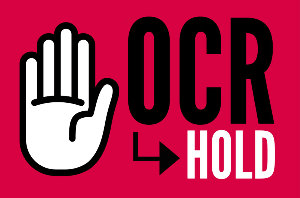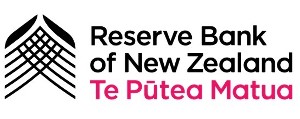
The Monetary Policy Committee agreed to maintain the current stimulatory level of monetary settings in order to meet its consumer price inflation and employment objectives. The Committee will keep the Official Cash Rate (OCR) at 0.25 percent, and the Large Scale Asset Purchase and Funding for Lending programmes unchanged.
The global economic outlook has continued to improve, with ongoing fiscal and monetary stimulus underpinning the recovery. New Zealand’s commodity export prices have benefited from this rise in global demand. However, divergences in economic activity, both within and between countries, remain significant. The sustainability of the global economic recovery remains dependent on the containment of COVID-19.
The near-term economic data will continue to be highly variable. While economic growth in New Zealand slowed over the summer months following an earlier strong rebound, construction activity remains robust. The aggregate level of employment has also proved resilient, while fiscal spending continues to support domestic economic activity.
However, tourism-related business activity continues to be affected by the absence of international visitors, with the recent opening of Trans-Tasman travel expected to only partially offset revenue losses. The extent of the dampening effect of the Government’s new housing policies on house price growth and hence economic activity will also take time to be observed.
Overall, our medium-term outlook for growth remains similar to the scenario presented in the February Statement. Confidence in the outlook is rising as the more extreme negative health scenarios wane given the vaccination progress globally. We remain cautious however, given ongoing virus-related restrictions in activity, the sectoral unevenness of economic recovery, and the weak level of business investment.
A range of international and domestic factors are currently resulting in rising costs for businesses and consumers. These factors include disruptions to global raw material supplies, higher oil prices, and pressure on shipping arrangements. These price pressures are likely to be temporary and are expected to abate over the course of the year.
The Committee noted that medium-term inflation and employment would likely remain below its Remit targets in the absence of prolonged monetary stimulus. The Committee also noted that while the low interest rate environment has supported house prices, other factors such as recent tax changes, the growing supply of housing, and lending restrictions, are providing offsetting pressures.
The Committee agreed to maintain its current stimulatory monetary settings until it is confident that consumer price inflation will be sustained near the 2 percent per annum target midpoint, and that employment is at its maximum sustainable level. Meeting these requirements will necessitate considerable time and patience.





Comments
No comments yet.
Sign In to add your comment